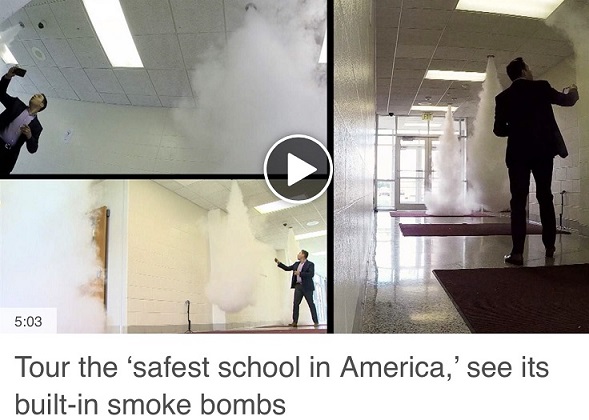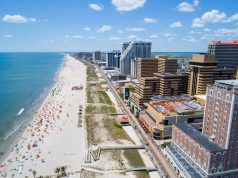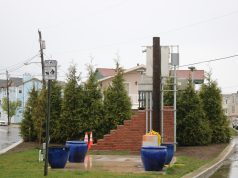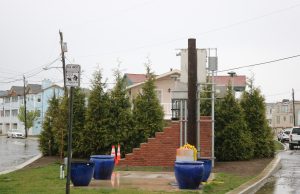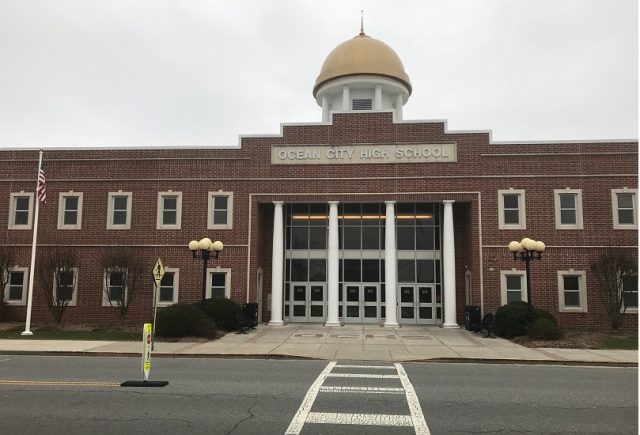
By Donald Wittkowski
In the aftermath of the Florida school shooting, Ocean City officials are offering assurances that the local schools are safe for students and employees.
Ocean City’s three public schools are protected by a multilayered security system that not only includes physical barriers to prevent intruders from entering the buildings, but also focuses on the mental health of students, officials said.
“Our school system is safe,” Mayor Jay Gillian declared.
Timothy Kelley, the school board’s business administrator and safety officer, said he agreed “wholeheartedly, 100 percent” with Gillian’s assessment that the schools are safe.
“We try to keep at the forefront of school safety. It’s a constant process if anything comes to our attention,” Kelley said. “We’re not on autopilot.”
Ocean City’s school security has been tightened in recent years in the wake of mass school shootings sweeping the nation, including the Feb. 14 rampage by a 19-year-old gunman who used a military-style assault rifle to kill 17 people at a high school in Parkland, Fla.
Councilman Michael DeVlieger said Ocean City should try to learn from the Florida school shooting, using it to take a fresh look at security at its own schools. DeVlieger emphasized that he was not criticizing the school district’s security, but he suggested that the Mayor and Superintendent of Schools Kathleen Taylor should review the procedures to see if security could be tightened even more.
“Anything we can do to protect our kids, let’s do it,” DeVlieger said during a discussion on school safety at a City Council meeting Thursday night.
Responding to DeVlieger’s comments, Gillian promised the Council members that he would give them an overview of school security at a future meeting.
In an interview after Thursday’s Council meeting, the mayor told reporters that he simply wants to make sure that school officials are checking their security procedures. He expressed confidence that the schools are safe.
“Children’s safety is No. 1, next to education,” he said.
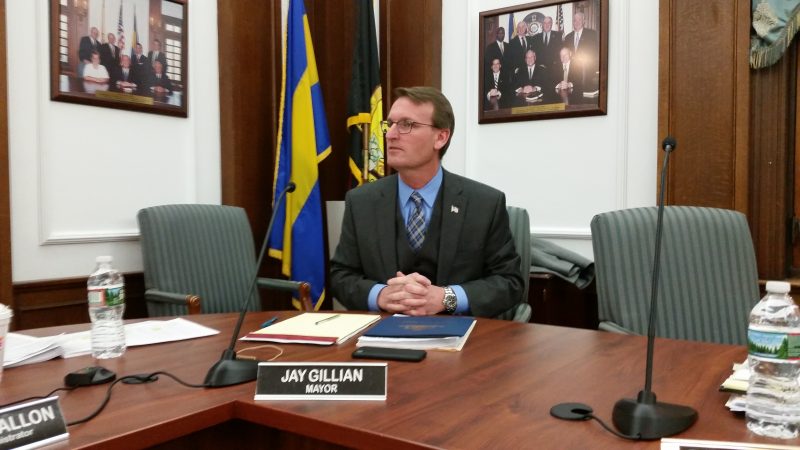
Before becoming mayor in 2010, Gillian served on the Board of Education for eight years. Recalling his time with the board, he noted that the school district was focused on school security even then.
Ocean City’s schools comply with the safety protocols and regulations laid out by the state, the district said. It has completed some security upgrades to its buildings in the past year to boost safety.
Kelley declined to publicly divulge some specifics of the district’s security measures during an interview Friday, saying it was important to keep them secret to protect the schools from potential harm.
Speaking in general terms, he explained that the district collaborates with law enforcement to develop extra layers of security.
Ocean City’s Community Policing Unit has a presence in the high school, intermediate school and primary school every day. Police officers are also on duty when students arrive for school in the morning and leave in the afternoon, Kelley said.
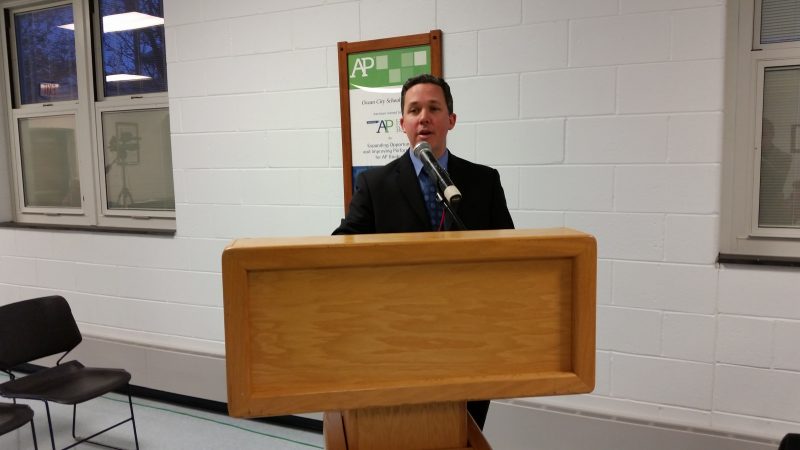
Speaking at a school security summit in 2017, Ocean City Police Capt. Jay Prettyman said the police department has worked closely with the local schools on their security plans for about 20 years. Colorado’s Columbine High School massacre in 1999 forever changed things in school security nationwide, Prettyman said.
Ocean City’s schools have an array of locking doors, surveillance cameras and other security measures to control access to the buildings. Kelley noted that visitors simply don’t have “carte blanche” to get in.
For instance, visitors must ring a buzzer at the front door to gain entrance to the building and then must pass through a secured vestibule before they are allowed into the school office. There, they must sign in and get a visitor’s pass, all under the watchful eye of school staff.
Physical barriers are not the only component to improve school safety. Ocean City has a mental-health program to help at-risk students before they become violent. A newly opened “Wellness Room” at the high school allows students to escape to a relaxing atmosphere to work out any troubles or tension they may have that day.
“The most recent addition of the Wellness Room at Ocean City High School has been a valuable asset to students, and provides a place for someone to listen and help,” school spokeswoman Aimee Schultz said in a statement.
During his remarks at the City Council meeting, Gillian maintained that much more needs to be done to address mental health as a way to prevent school violence. However, he added that people are reluctant to discuss mental health, in part because of the stigma attached to it.
“Mental health is scary, and it’s hard to talk about,” Gillian said.
Gillian noted he has gained a greater appreciation of the importance of mental health by serving on the board of directors at Shore Medical Center in Somers Point.
Too often, mental health problems in children are masked by drugs, Gillian asserted. The use of medicines should also be accompanied by mental-health counseling for those children, he told City Council.
“All we’re doing is drugging them and pretending there is not a problem,” he said.
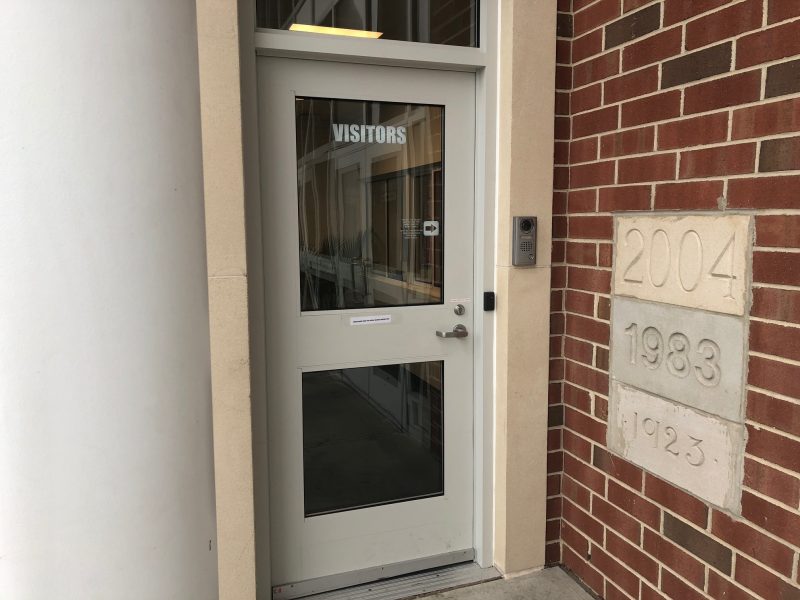
Security expert Spencer Coursen, founder of the Washington, D.C.-based Coursen Security Group, said stress-free havens such as Ocean City’s Wellness Room can help students immensely in coping with their emotional problems.
“Any opportunity we can give to children to come into a warm, welcoming and safe environment of acceptance is great,” Coursen said.
On Feb. 14, Ocean City’s school district expanded its mental-health program by launching an on-demand video and informational series that helps students and their families navigate through a range of emotional and social issues, Schultz said.
“It is our goal to keep families connected and informed about the rapid-paced, ever-changing world in which our students live,” she said.
Nikolas Cruz, the 19-year-old gunman who has admitted to killing the 17 students and employees at the Marjory Stoneman Douglas High School in Parkland, Fla., had been expelled from the school. Media reports and law enforcement officials have portrayed Cruz as a troubled young man with a history of profanity, unruly behavior and violence in the schools he attended.
Coursen said Cruz serves as a dramatic example of the need for schools to have a “clearinghouse of concern” to identify disruptive students and take action before they explode in violence.
Essentially, such a clearinghouse would allow schools to compile information about unruly students based on reports by teachers and other people. In turn, the schools would assemble pieces of a puzzle to create a “mosaic” to assess the threat risk posed by those students, Coursen explained.
“You basically have all these puzzle pieces scattered around the school,” he said.
Coursen believes that surveillance cameras are an important component of any school safety program, but he maintains that an even broader security network is needed to prevent mass shootings.
He favors a comprehensive strategy that includes being aware of the risks, taking steps to prevent them from happening and having an action plan in the event a school shooting does occur.
“Think of it like a three-legged stool: If all three legs are equal, balance is maintained — a certainty of safety can cultivate and grow — but make one leg bigger than the others, and everything becomes unbalanced, insecure and vulnerable for exploitation,” he said.


